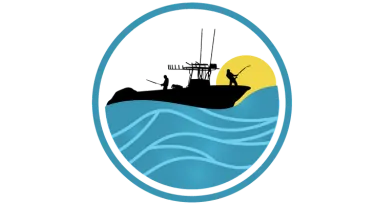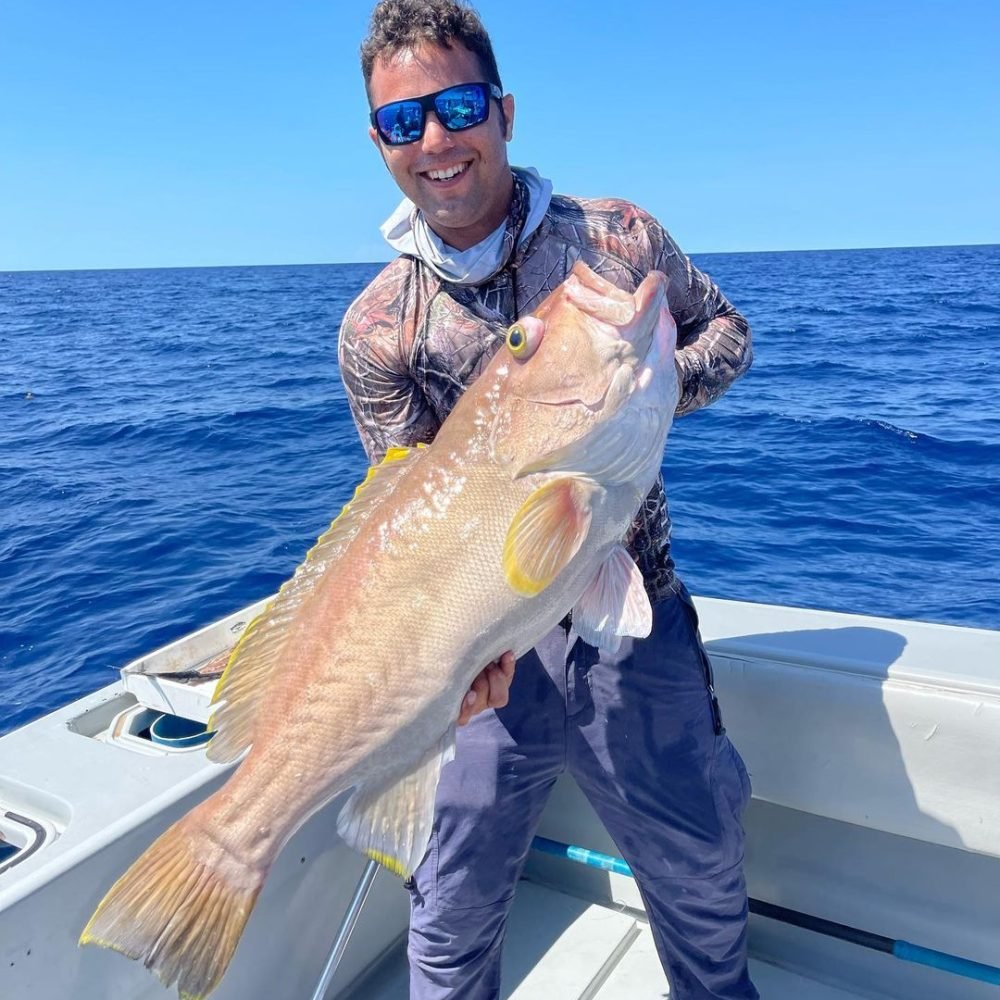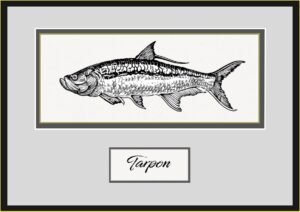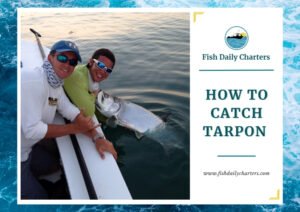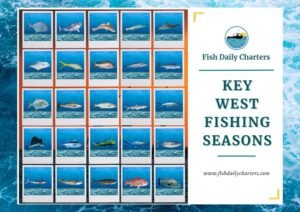Start by imagining yourself by a serene lake, casting a light line into the water with a flick of the wrist. You feel a nibble, then a pull and the fight is on! Welcome to the world of light tackle fishing. So, what is light tackle fishing? It’s an engaging and effective method where anglers use lightweight gear to catch fish, making every catch feel like a grand adventure.
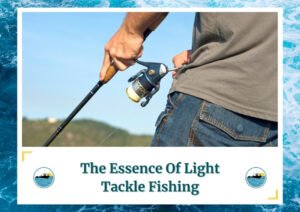
The Essence of Light Tackle Fishing
Light tackle fishing is all about using light gear—think light rods, light lines, and smaller reels. This method is popular with light tackle anglers. They enjoy the thrill of the fight and the increased sensitivity of lighter gear. Fishing light tackle in freshwater lakes or saltwater bays is rewarding and challenging.
The light tackle approach includes using light tackle gear such as spinning rods and baitcasting reels. These tools are made to handle lighter lines and smaller hooks. This makes it easier to detect bites and play fish delicately. This technique is perfect for catching species that are easily spooked, like sea trout and smallmouth bass.
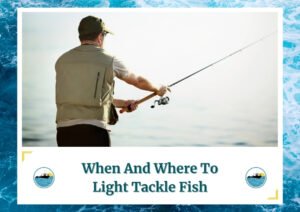
When and Where to Light Tackle Fish
Light tackle fishing is great all year round, but the best times are during the warmer months when fish are more active. Early mornings and late afternoons are prime times for catching fish with light tackle. Seasonal changes can also affect your success:
- Spring and Summer: Ideal for targeting active fish like striped bass and smallmouth bass.
- Fall: Great for species like sea trout and other game fish.
- Winter: While fish might be less active, certain species can still be caught with light tackle.
Popular Locations:
- Key West, Florida: Known for its mixed marine life, Key West offers excellent opportunities for light tackle fishing. The warm waters are home to sea trout, striped bass, and other game fish.
- Chesapeake Bay, Maryland: This estuary is perfect for light tackle anglers targeting striped bass and smallmouth bass.
- Cape Cod, Massachusetts: Famous for its rich fishing grounds, Cape Cod is ideal for catching sea trout and other easily spooked fish.
- Galveston Bay, Texas: A hotspot for light tackle fishing. It offers great chances to catch many fish species.
- Puget Sound, Washington: Its calm waters and scenic views make it great for light tackle fishing, especially for salmon and sea trout.
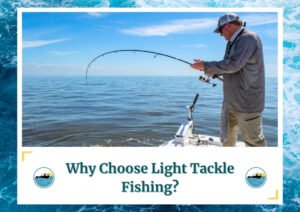
Why Choose Light Tackle Fishing?
Light tackle fishing is exciting. You can feel every little movement of the fish. It is much more interactive than using heavy tackle. Here’s why many anglers prefer this method:
- Increased Sensitivity: Light tackle is more sensitive. You can feel even the slightest nibble.
- Excitement: The challenge of fighting a fish with light gear provides an adrenaline rush.
- Accessibility: Suitable for both beginners and experienced anglers.
- Versatility: Effective in both freshwater and saltwater environments.
Pros and Cons of Light Tackle Fishing
Pros:
- Increased Sensitivity: Light tackle gear allows you to detect subtle bites.
- Excitement: The fight between the angler and the fish is more intense.
- Accessibility: Easy for beginners to start with and master.
- Versatility: Works in various fishing environments, from freshwater lakes to saltwater bays.
Cons:
- Gear Limitations: Light tackle may only be suitable for some large fish.
- Patience Required: It can be time-consuming and requires patience.
- Physical Demand: Fighting fish with light gear is physically demanding.
- Environmental Impact: We must take care to protect fish populations and habitats.

Selecting the Correct Light Tackle Gear for Your Target Species
To start light tackle fishing, choosing the right gear tailored to your target species is essential. Here are some key components:
- Fishing Rod and Reel: A spinning rod or baitcasting reel designed for light lines and small hooks is perfect for light tackle fishing.
- Light Rods and Reels: Great for small to medium-sized fish in freshwater.
- Spinning Reels and Light Lines: Effective for saltwater species like sea trout.
- Baitcasting Gear: Ideal for bass fishing and other game fish.
- Light Line: Thin diameter lines that offer less resistance and greater sensitivity.
- Light Tackle: This includes the essential gear such as hooks, sinkers, and swivels.
Choosing the Best Bait for Light Tackle Fishing
The type of bait you use significantly impacts your catch rate. Here are some popular options:
- Live Bait: Worms, minnows, and shrimp are highly effective for attracting various fish species.
- Artificial Lures: Small jigs, spinners, and flies mimic the movement of prey and attract fish.
By understanding the habitats and bait preferences of different fish, you can improve your chances of successful and enjoyable light tackle fishing. Selecting the correct light tackle gear and the best bait ensures you are well-prepared to target the fish you aim to catch.
Techniques for Light Tackle Fishing
To master light tackle fishing, choose the right spot. Then, use the correct bait and effective techniques. Here are some tips to get you started:
Step 1: Choose the Right Spot. Look for areas with plenty of cover, such as rocks, vegetation, or submerged structures where fish are likely to hide.
Step 2: Use the Right Bait Live bait like worms or minnows is highly effective. You can also use small artificial lures that mimic the movement of prey.
Step 3: Drop Your Line Cast your line gently and let it sink to the desired depth. Keep your rod tip up and be ready to feel the slightest tug.
Step 4: Use Effective Fishing Techniques
- Casting Accuracy: Aim for precise casting to place your bait near fish hiding spots.
- Slow Retrieval: Reel in your line slowly to mimic the natural movement of prey.
- Light Jigging: Use a gentle jigging motion to attract fish.
Step 5: Be Patient Light tackle fishing requires patience. Wait for the fish to bite and then reel in carefully to avoid breaking the light line.
Popular Light Tackle Fishing Techniques
Fly Fishing: This involves using a lightweight fly rod and artificial flies to catch fish. It’s especially effective for targeting species like trout and bass.
Spinning and Baitcasting: These techniques involve using spinning or baitcasting reels with light lines and lures. They are versatile and are used in different environments.
Trolling: Slowly move your boat while dragging light lines and lures behind. This method is excellent for covering large areas and finding fish.
Species of Fish and Their Habitats
Knowing the habitats and preferences of fish species will improve your light tackle fishing success. Here’s a look at common target species and their preferred environments:
- Smallmouth Bass: Found in clear, rocky streams and lakes. Best bait: Live minnows and artificial lures.
- Striped Bass: Common in coastal waters and estuaries. Best bait: Live bait like eels and shad.
- Sea Trout: Prefer shallow coastal waters with plenty of cover. Best bait: Live shrimp and small fish.
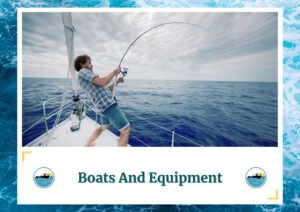
Boats and Equipment
For light tackle fishing, boats equipped with fish finders and GPS can enhance your fishing experience. These tools help you locate the best fishing spots and navigate the water effectively. Many charter boats come fully equipped with light tackle gear, making it easy for you to enjoy a day of fishing without worrying about equipment.
Safety Considerations
Safety is important when light tackle fishing, especially in deeper waters or coastal areas. Here are some useful safety tips:
- Life Jackets: Always wear a life jacket when on a boat.
- Weather Check: Monitor conditions and avoid fishing during storms.
- Sun Protection: Use sunscreen, hats, and sunglasses to protect yourself from the sun.
- Stay Hydrated: Bring plenty of water to stay hydrated during your fishing trip.
Environmental Impact and Sustainable Fishing Practices
It’s important to consider the environmental impact of light tackle fishing. Sustainable practices ensure that fish populations remain healthy for future generations:
- Catch and Release: Practice catch and release for non-target species or when you’ve reached your limit.
- Use Barbless Hooks: Barbless hooks reduce injury to fish, making it easier to release them safely.
- Respect Local Regulations: Always follow local fishing regulations, including size and bag limits.
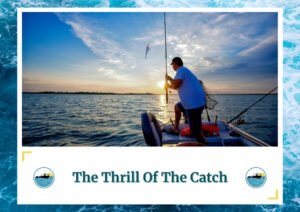
The Thrill of the Catch
One of the best parts of light tackle fishing is the thrill of the catch. When a fish bites, you’ll feel a strong pull on your line. Be prepared for a good fight as you reel in your catch. This excitement is what keeps anglers coming back for more. The sense of accomplishment when you finally land a fish is unparalleled.
Planning Your Fishing Trip
Ready to try light tackle fishing? Plan a fishing or boat trip with experienced guides who know the best spots and techniques. Whether you’re a beginner or an experienced angler, light tackle fishing offers a fun and rewarding experience. Many charter services provide everything you need, from gear to expert advice, ensuring a memorable fishing trip.
Book Your Light Tackle Fishing Charter in Key West, Florida!
Eager to feel the excitement of light tackle fishing in one of the world’s most stunning destinations? Spend a day with us on the waters of Key West, Florida! Our seasoned guides will lead you to prime fishing spots, supply high-quality gear, share their expert tips, and ensure you have a fun and rewarding trip.
Don’t let this adventure pass you by—book your light tackle fishing charter in Key West today and create unforgettable memories on the water!
Conclusion
Light tackle fishing is an exciting and effective way to catch a variety of fish. With the right gear, techniques, and a bit of patience, you’ll enjoy the thrill of catching different species. Anglers love light tackle fishing. It combines anticipation, skill, and the thrill of reeling in a catch. Light tackle fishing is exciting and challenging. It targets striped bass, sea trout, and smallmouth bass.
